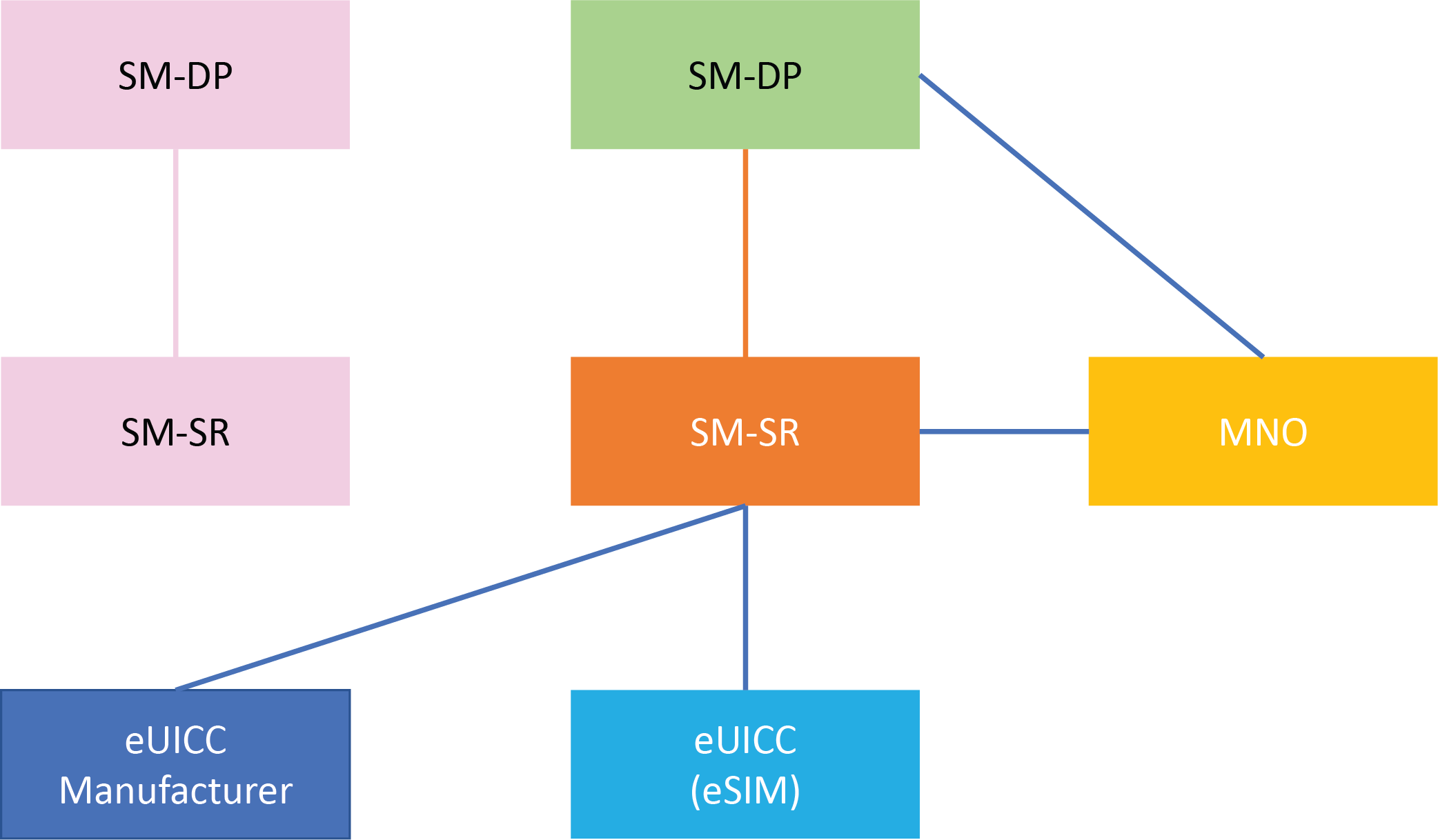Fueling Momentum with Secure
IoT Connectivity
By: Yoram Zerahia

The Internet of Things (IoT) has received a lot of hype since 2009, when the number of ‘things’ connected to the Internet surpassed the number of people online worldwide. IoT utilizes processors, modems, software, and other technologies to connect devices to the Internet to gain access to the useful data they can provide. Connected products can be updated with new features and be remotely monitored for performance. In 2010, Ericsson’s former President and CEO Hans Vestberg predicted cellular IoT to reach 50 billion connections in 2020. Yet, according to IoT Analytics market update “State of IoT 2021” from Sept. 22, 2021, IoT only reached 11.3 billion connections in 2020.
The IoT connectivity challenge
For IoT to succeed, the connectivity of the device to the Internet is crucial—no connectivity, no data. IoT requires reliable, secure, and continuous connection for devices, wherever they are located. A secure IoT connectivity solution must be scalable, simple to configure, set up, deploy, and manage. As IoT devices have a lifespan ranging from five to 10 years, some even longer, assurance of continuous connectivity throughout the lifetime of the device is required.
Enterprises often want to support more than one IoT application and each application may have different connectivity requirements or different attributes. For example, static devices located indoors may work better on a fixed or Wi-Fi network, but mobile devices will be better supported on a cellular network.
Cellular connectivity, however, has its challenges. Cellular coverage is not uniform across all regions, usually due to lack of necessary infrastructure. A carrier may provide great coverage in one area and spotty or absent coverage in another. Because IoT devices can be deployed in different areas, including remote locations and temporary work sites, providing good coverage in all areas is crucial. Additionally, IoT devices may also be stationary or constantly moving, adding to the challenge.

Figure 1 GSMA M2M architecture
The SIM card challenge
Cellular connectivity requires the use of SIM cards. Early adopters of IoT used traditional SIM cards. However, traditional SIM cards are not designed to meet the challenges of IoT connectivity. Carrier provisioning is done at the manufacturing level, hosts only one profile and is not reprogrammable. This is why you need a new SIM when switching cellular providers. This is not ideal for IoT deployments, especially global ones. Once the SIM has been implemented and the device deployed, it is impractical to change SIM cards when you want to change wireless carriers for thousands and even millions of devices. Doing so requires a site visit, and the card may be physically difficult to access. In addition, to comply with the global trend to enforce regulatory requirements on communication services and data management, global enterprises need localized deployments with local wireless carriers. This requires warehousing, managing, and deploying several wireless-carrier-specific



















